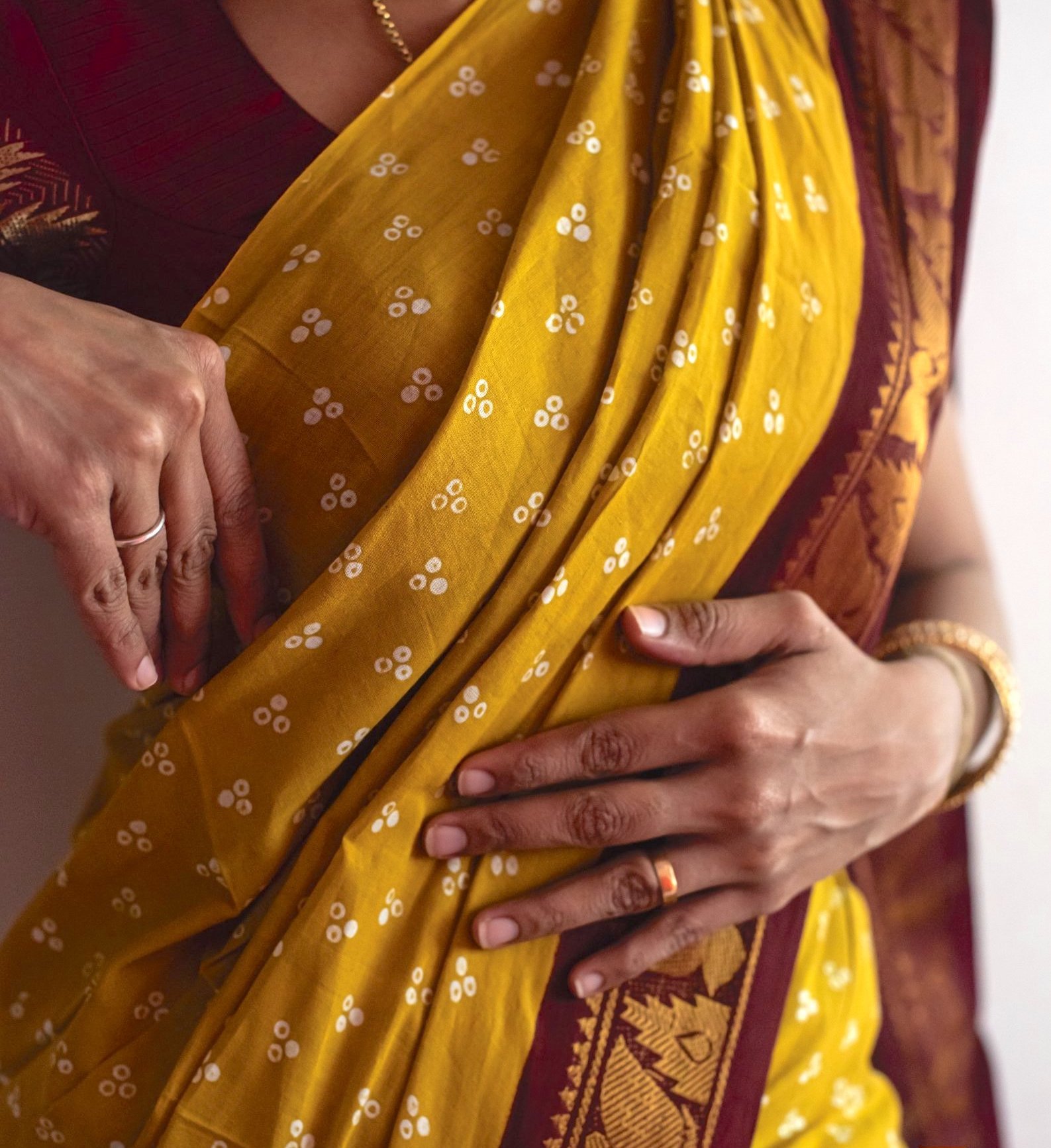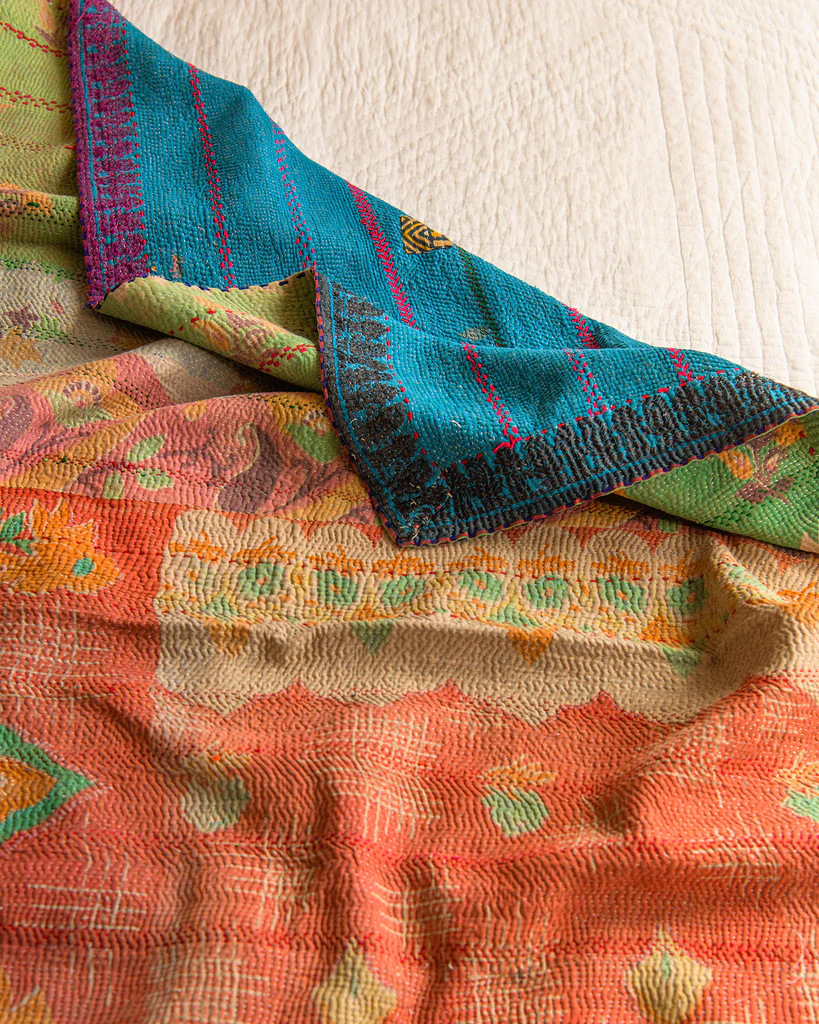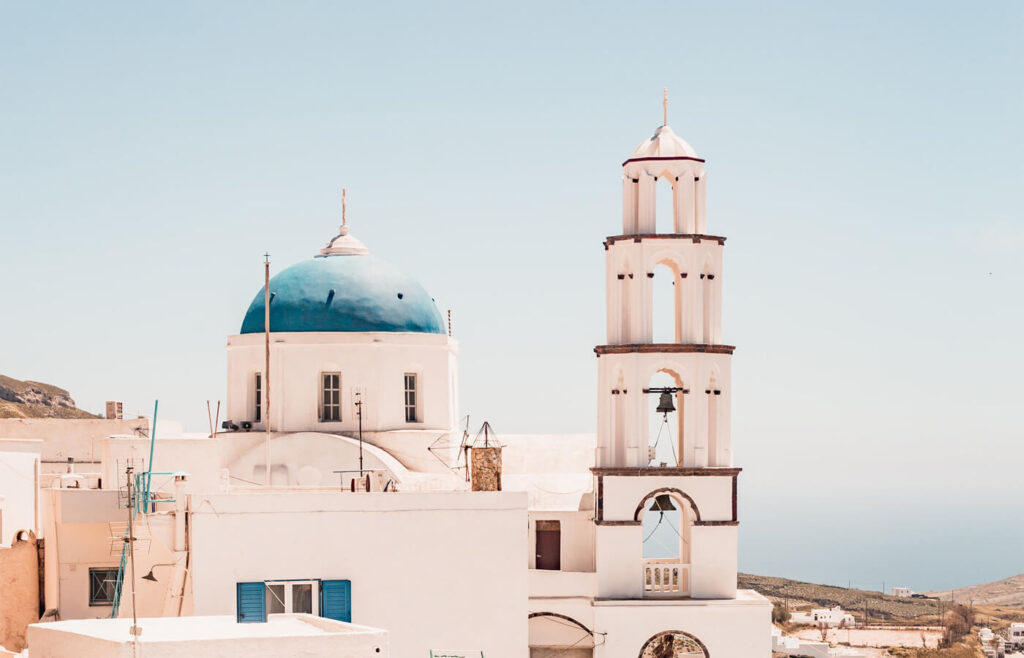
Sungudi: A history of Madurai’s own polka dot
Over 600 years ago, migrant weavers from Gujarat, arrived in the kingdom of the Nayaks. They bought with them their looms and their rich tie-dye heritage. But once the pattu-nool-karars settled into Madurai they decided to add a local twist to their craft.They chose a climate friendly cotton fabric and inspired by how the women here tied their hair in a bun, they took tiny pinches of the fabric and tied it with threads.
The cloth was then submerged into vats filled with natural dyes. When opened out, the tied up portions retained the base colour, while the rest of the fabric absorbed the dye. The resulting dotted pattern looked like the stars scattered across the night sky.Thus the Sungudi fabric was born and soon the entire city was awash with kempu (crimson), pacchai (green), paasai (olive), manjal (yellow), arakku (lac red) and neelam (blue) coloured Sungudi sarees.
Each saree would have 10,000-21,000 dots and would take 15 days to create. As the demand went up, block printing, screen printing and artificial dyes were introduced. Around the late 20th century, when mass produced, imported fabrics started flooding the market, the allure of Sungudi began to dim.
However, today, a few organisations are trying to revive some of the traditional textile units that have a high social benefit and low environmental impact. We may not all wear sarees everyday, but by creating modern pieces, that appeal to a global audience, Magnificent Madurai hopes to help preserve Madurai’s very own polka-dot style and keep alive our rich textile heritage.


